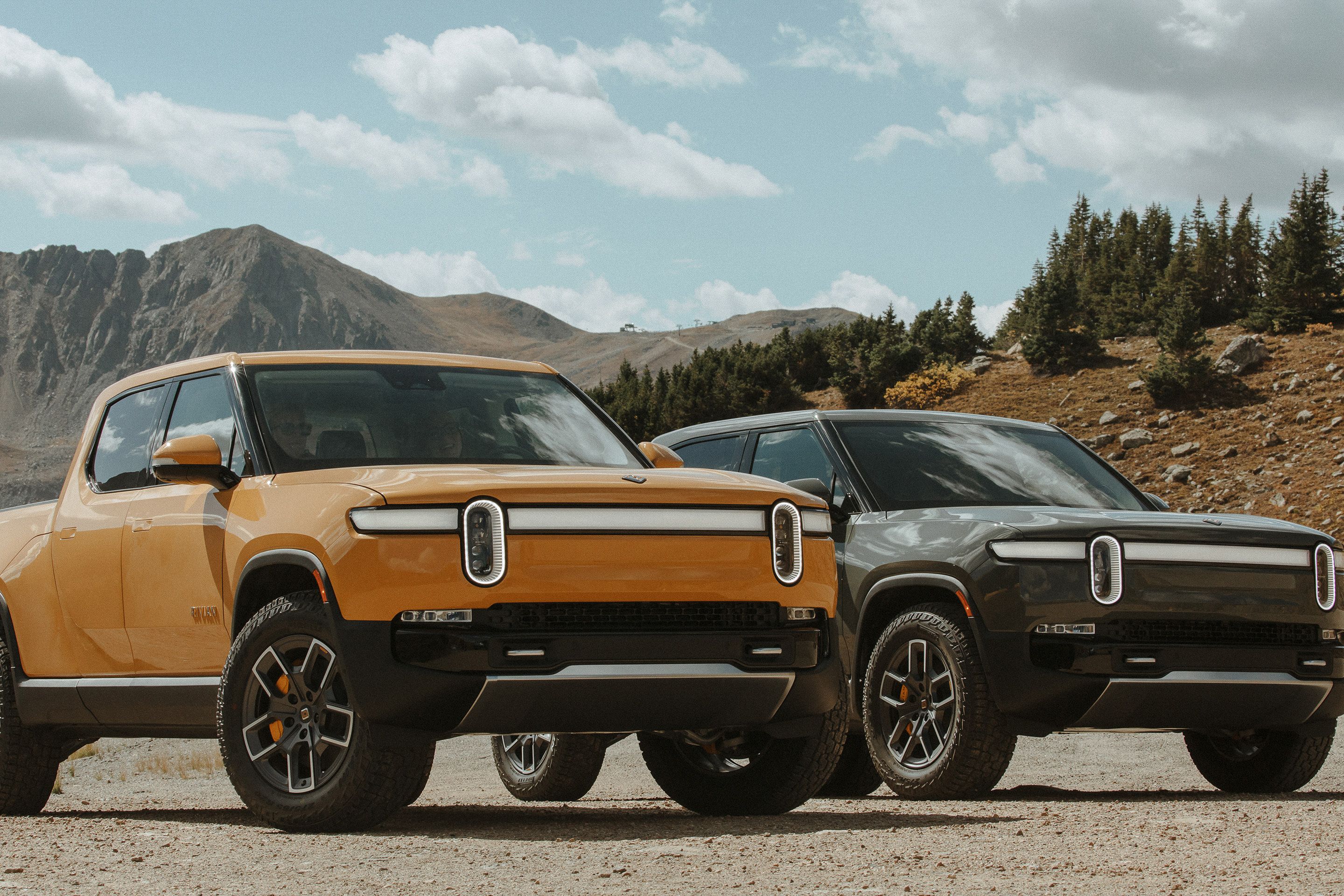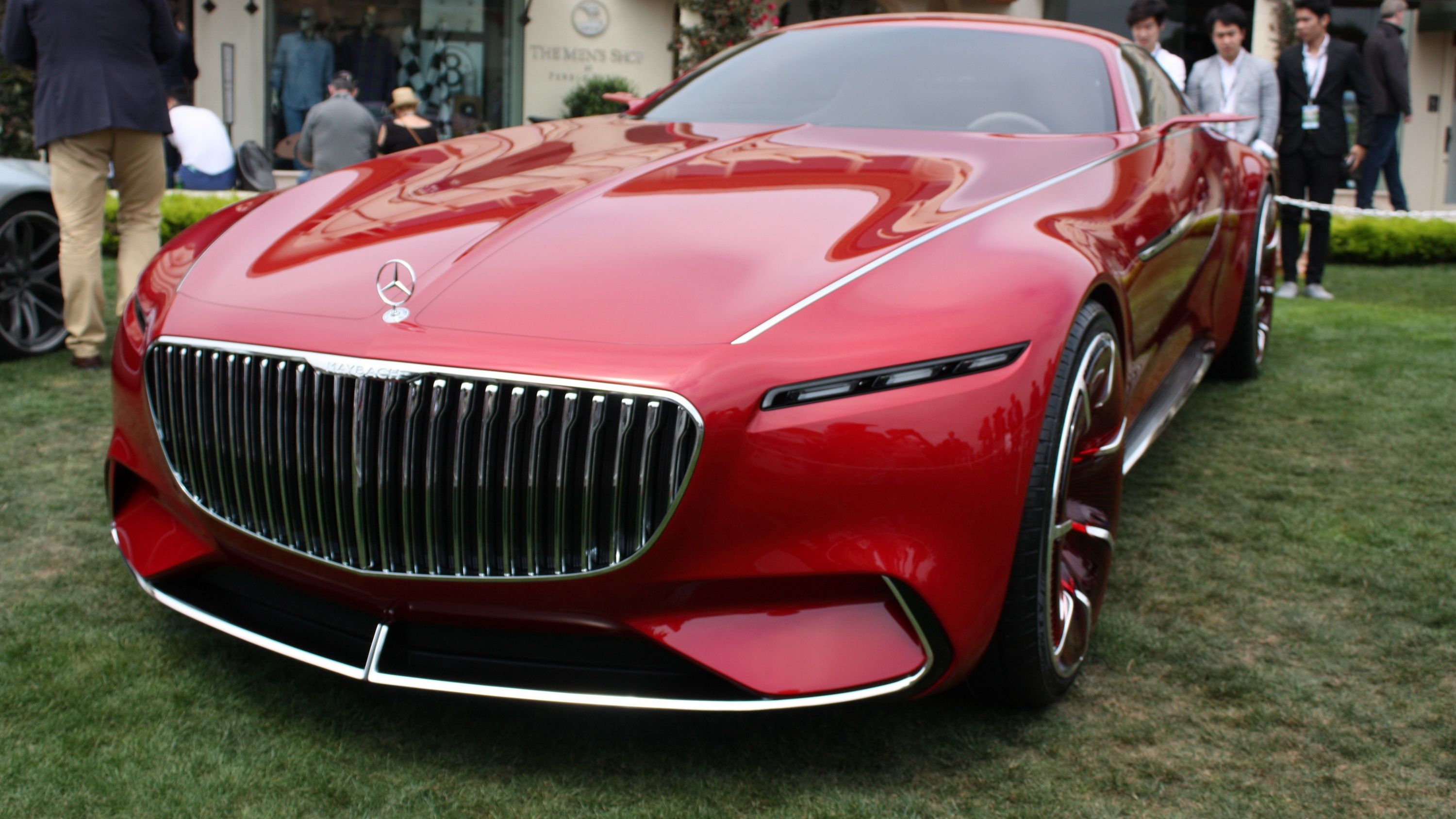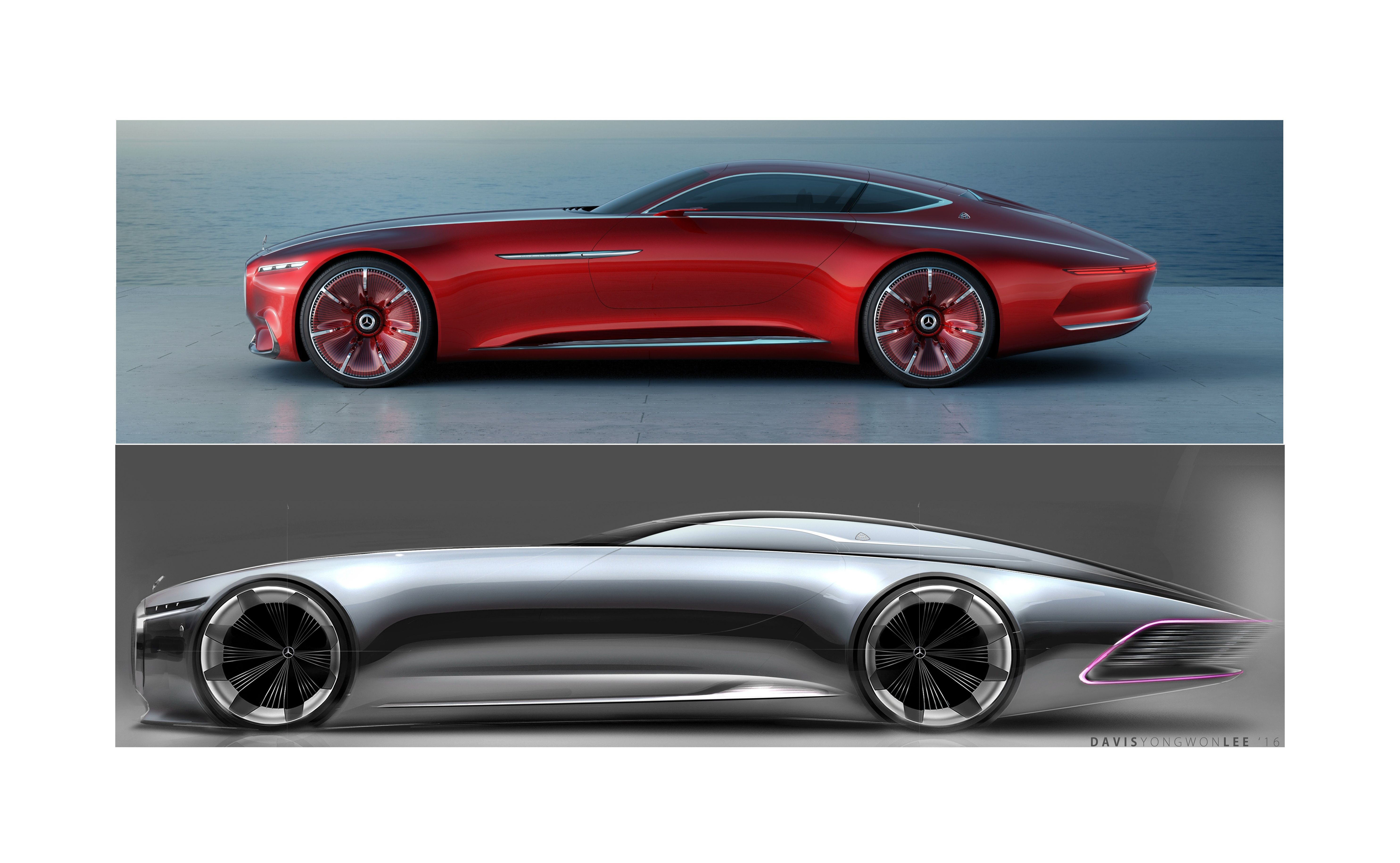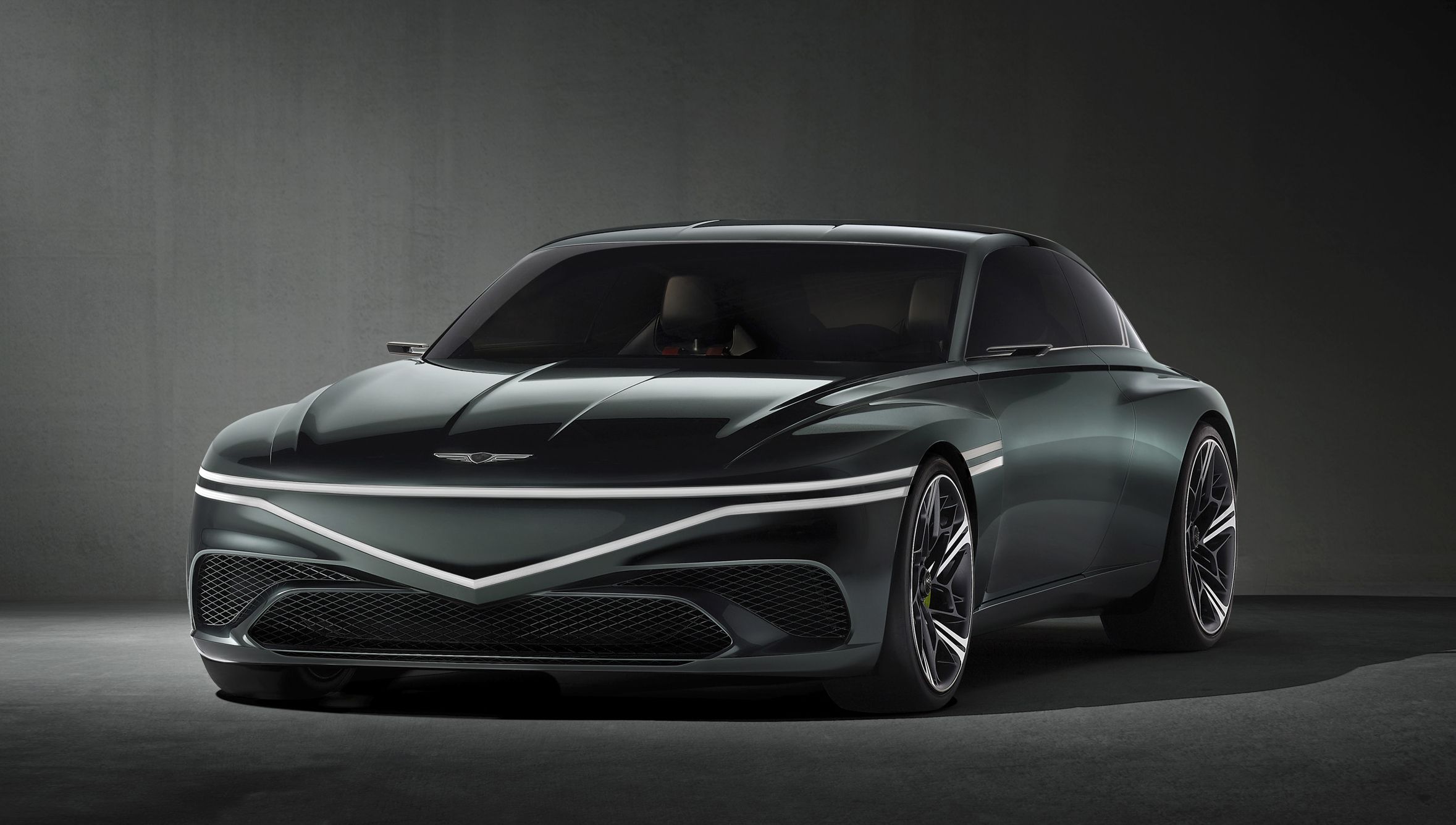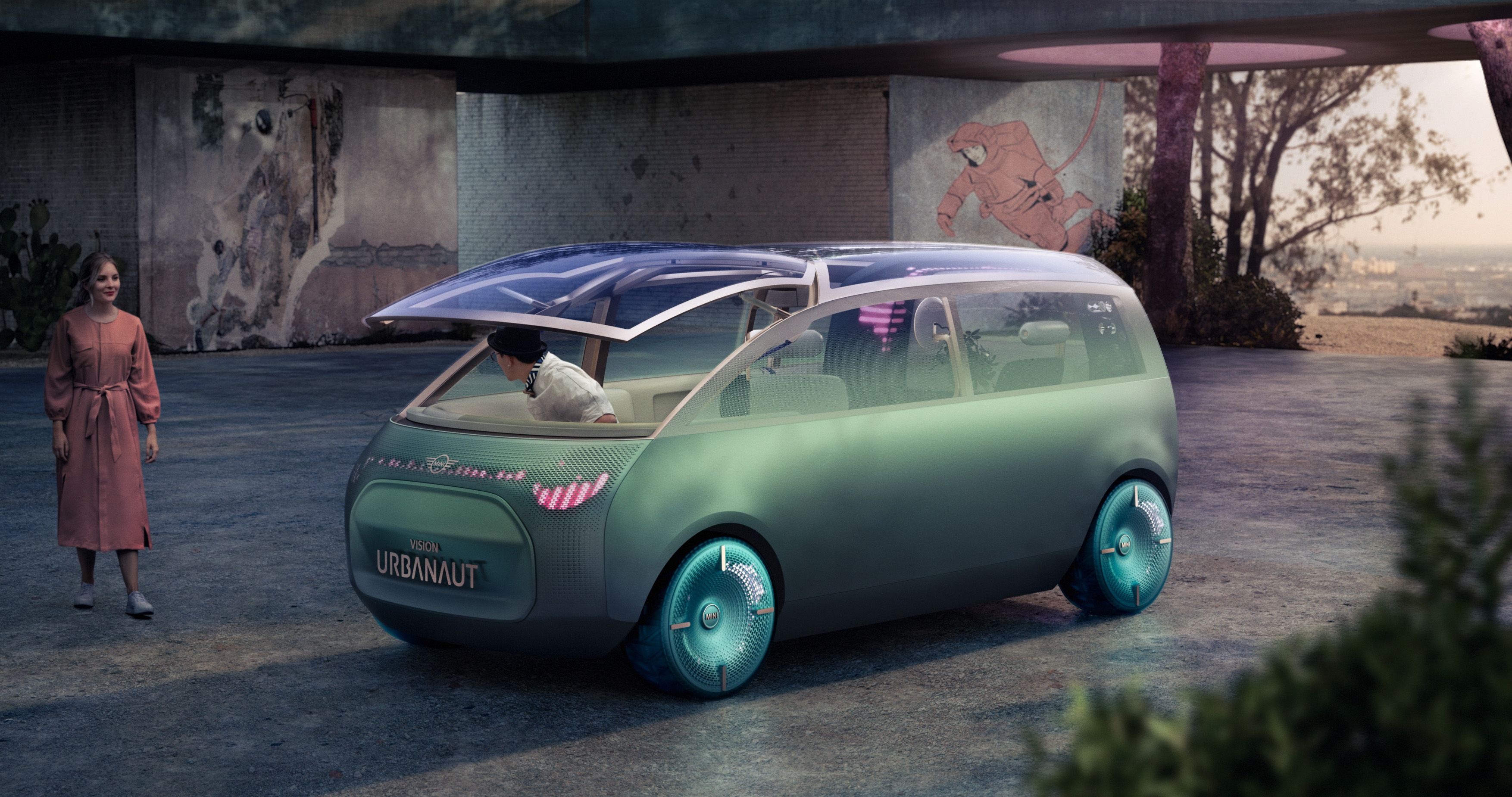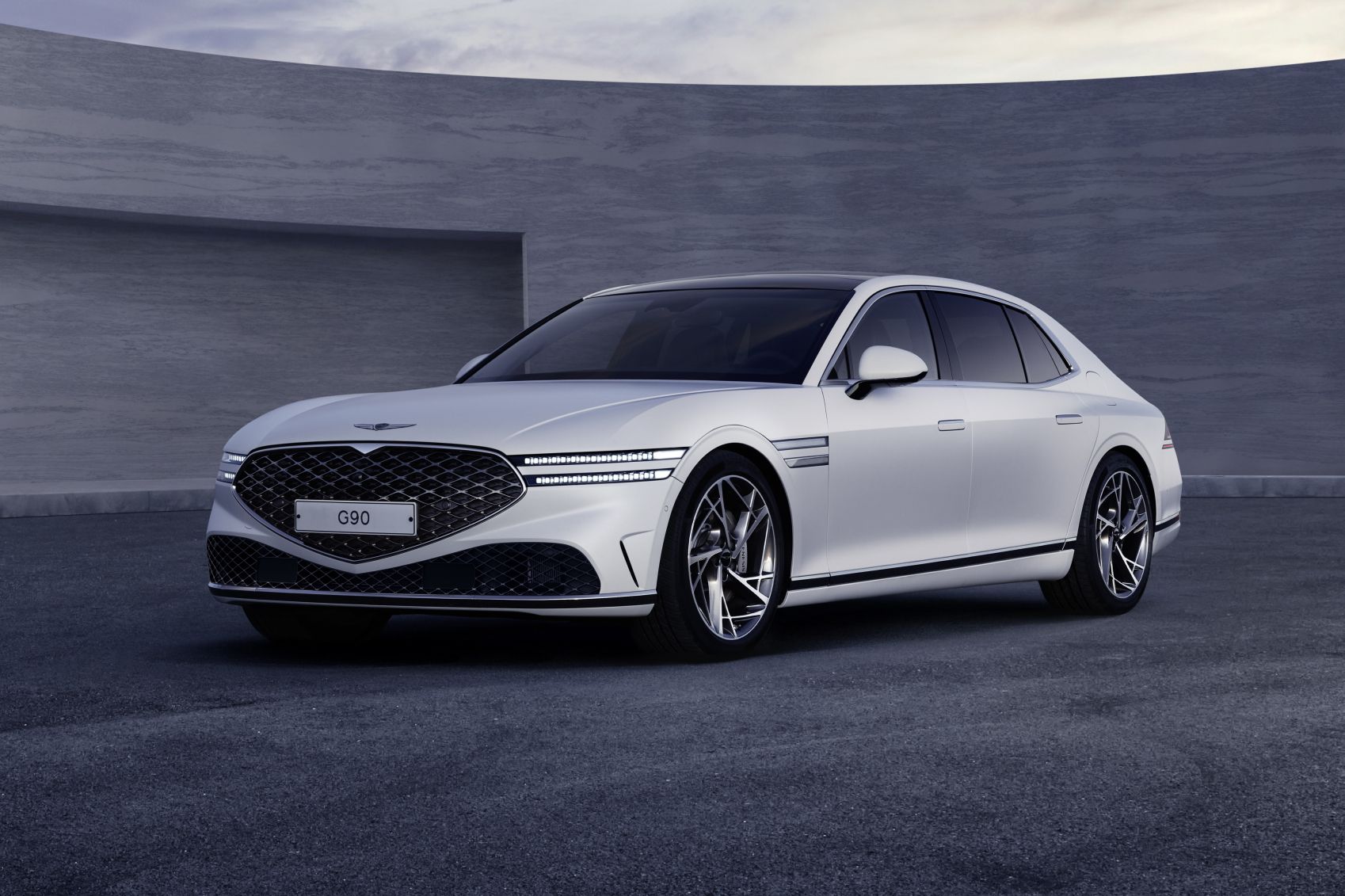Overview
As someone who wanted to get into Transportation Design myself, I was very excited when I recently got the opportunity to speak with renowned automotive designer Davis Yongwon Lee. He was responsible for one of the most stunning concept cars of all time the, Vision Mercedes Maybach 6. Mr.Lee has previously worked as a senior designer with brands like Mercedes Benz, Hyundai, and more recently EV startup Rivian.
In our brief chat exchange, we spoke candidly about his stints at these automotive heavyweights and the next chapter of ADRO.Inc, a California-based firm that specializes in manufacturing high-end carbon-fiber body kits for performance cars, where Mr.Lee is currently the chief of Design.
I began by asking about his foray into the world of transportation design. Well, just like so many big names in the business today, Mr.Lee told me that his interest in cars was spurred when he was a boy. He would often sculpt car models with sand and also realized early on that he was pretty good at art. Car’s like the Ferrari Testarossa was a model that he admired growing up. This eventually led him to pursue a degree in industrial design at Hongik University in South Korea and the rest as we know is history.
The Stint at Mercedes and Rivian
Over the past decade or so, Mr.Lee has worked on some truly noteworthy cars like the Mercedes CLS, (a favorite of mine), the Mercedes-Benz S Class, and more recent models like the Rivian R1S SUV / R1T Pickup and the Hyundai Ioniq 5. Now the experiences and insights that you can gain when you work at a traditional automaker like Mercedes are profoundly different from what you’d encounter at a startup like Rivian.
According to Mr.Lee, the environments are polar opposites to each other. At Mercedes for instance, things are a lot more restrained and structured and things are predominantly driven by the past. As an example, he talked me through the design process of what a model like the Mercedes Benz E Class entails.
You can work on a project for six months to a year, but if you’re second, it goes to what’s called the design funeral, where your design goes to the grave yard. You get so emotionally attached over that time, but if you’re second, your design won’t see the light - Davis Lee
It can’t change too much, given how strong the brand is and the loyal customer base it has. He told me about how challenging of an environment it can be working at a major brand like Mercedes. During his time there, he noted that there were just somewhere between 30 to 40 designers across the entire design team.
For a new model like the E Class, for instance, three teams, one in China, one in the United States, and the third in Germany would set out working on a design followed by a scale model. Out of the three designs, only one will eventually be selected.
In contrast, at a startup like Rivian, as it is a brand new company, you have a lot more freedom to express yourself, since you’re essentially starting from scratch and you don’t necessarily have the heritage to fall back on.
The Story of the Stunning Maybach 6 Concept
The 2016 Vision Mercedes-Maybach 6 has got to be one of the most stunning concept cars of all time. Designed for the exclusive Pebble Beach Concours D’Elegance that year. It was at the beginning of 2016, while he was still with Mercedes working at the brand's California Studio, the then Chief Design Officer of Mercedes-Benz Group AG, Gordon Wagner was visiting from Germany.
This was a pretty crazy project because it was taken from sketch to show car in just eight months. With the Vision Maybach 6 concept, we wanted to dig into what Mercedes had from the past. We ended up with a design that looks like no other production car out there
Mr.Davis wanted to show something off and so he sketched out a side view of a car that drew inspiration from the past. The 1938 Mercedes-Benz 540K Autobahn-Kurier in particular hugely influenced the final design. Now they wanted to print the sketch on the biggest wall they could find and the team eventually found a six-meter-long wall where they printed out the sketch.
Mr.Wagner (now Vice President Design at Mercedes-Benz) saw it and wanted it as is, hence the name Maybach-6 and so for about 8 months, Mr.Lee and his team got to work to create a masterpiece. With a long hood and a profile that aggressively drops off towards the rear, the Maybach 6 concept is a perfect embodiment of the German marque's past and future.
Future of EV Design
Next, it was time to talk about the future of EV Design and what to expect next. If we go back about two decades to early electric cars from the 1990s, anything that wasn’t powered by gas had to look different in order to stand out, but this clearly had the opposite effect to the extent that these designs weren’t necessarily very desirable. Car’s like the General Motors EV1 and the perception that people had about EV’s were - they’re just milk floats and nothing else.
It wasn’t until Tesla came along, did people really start to pay attention to electric cars. Clearly, Elon Musk chose to go with the ‘Go Big or Go Home’ strategy and gave his EV’s blistering performance. But aside from that, he chose to go with a design that was traditional rather than something that’s bizarre or quirky and it worked. The first Tesla Model S which debuted in 2012 has a very conservative design for an EV.
Now in theory, without the need for an engine, you could literally stick a box on wheels and call it a day, but obviously, that’d be terrible for aerodynamics, which is a critical aspect for any vehicle, let alone an EV. Sure, with an EV you have a greater degree of freedom where you can extend the wheelbase and go berserk with the overall proportions and aesthetics, but the trend that we’ve noticed instead is that the market prefers a form factor that is familiar. Cars like the Ford F-150 Lightning, Mini Cooper Electric, and the Mercedes EQB, perfectly prove this point.
I honestly feel that EV’s are trying too hard. There’s a certain form factor that people are used to since 100 years ago and there’s a reason why cars evolved this way. But unfortunalry people think they can reinvent the wheel because an EV doesn’t have an engine, but the truth is you still need to put four people and you can’t really change things dramatically, or else you end up with a really odd designs
You can’t really throw away 100 years of automotive design right? Plus people love cars for a reason, and many consider it an art form. So while this transition phase represents a brilliant opportunity to do something radically different, a car still needs to fundamentally fit four passengers in relative comfort.
Pushing the Envelope of Korean Automotive Design
I also touched upon the landscape of Automotive Design in South Korea and how it has evolved over the past two decades. Now although Korean cars are well known for being fairly reliable and well-thought-out automobiles, their designs weren’t as exciting in the past, to the extent that even some of them with what was dubbed Pacific Rim Cars, were once ridiculed on Top Gear.
But now recently, since about five years ago Korean brands have started to so something new, because they realize that they can’t just follow the trend and within the past years, I see a dramatic shift from being a follow to now becoming a leader
According to Mr.Lee, until about a decade ago, when it came to design, most Korean manufacturers were followers rather than trendsetters. But they soon realized the importance of good design and fast forward to today and we’re seeing a dramatic shift as Korean automakers have some of the most striking and exciting designs in the business. Think cars like the Genesis G90, or Hyundai Ioniq 5 and Kia Stinger GT, and even the Hyundai N Vision 74 concept.
It was models like the YS Sonata which adopted the fluidic design language, that came out about a decade ago and set the ball rolling for a new age in Korean Automotive design. Mr.Lee adds that bringing in renowned designers like Peter Shreyer helped brands like KIA and Hyundai to make huge strides when it comes to Automotive design.
ADRO To Eventually Launch an EV
ADRO stands for Aerodynamic Development Race Optimization. Founded in 2020, the California-based firm currently sells after-market carbon-fiber body kits for several makes and models, some of which include the likes of the BMW M3 and M4 along with a host of models from Kia/Hyundai and Genesis. With kits for the Model 3 and Model Y, ADRO's Custom Carbon Body Kits take Tesla mods to another level.
It’s a long process and we want to get out foundation right. We started with aftermarket carbon-fiber bodykits, and then jump into bumper plastic mould injections. Once we’re stable with each step, we want to get into stamping, before eventually jumping into electric cars.
But the ADRO's primary goal is to eventually sell electric cars. The reason why they’ve started out with the aftermarket industry is that Mr.Lee, having worked at a startup like Rivian realized that there’s so much that goes into putting a car together, which includes everything from a stable supply chain to a full-scale production facility.
Their current aftermarket body kits operations gives ADRO an opportunity to perfect the various production processes involved in series production, early on. They’ve roped in an ex-Formula 1 aerodynamicist from Williams F1 Racing. At the moment the primary markets for ADRO are the U.S. and South Korea, but they plan to expand their reach to also serve European markets.
Getting into Transportation Design in 2022
In my experience, just two or three out of say 20 students get to go work at a major OEM and even within the company, there is so much competition within the company.
On a final note, I wanted Mr.Lee’s take on what it takes to get into Transportation design in the current environment. According to Mr.Lee, it’s an incredibly challenging field. Firstly, you need to have an education at a good Design University. Compiling a portfolio early on is also crucial to have something to show before you apply to a renowned Design School. So not an easy field by any stretch of the imagination, but is certainly one that is very rewarding indeed.

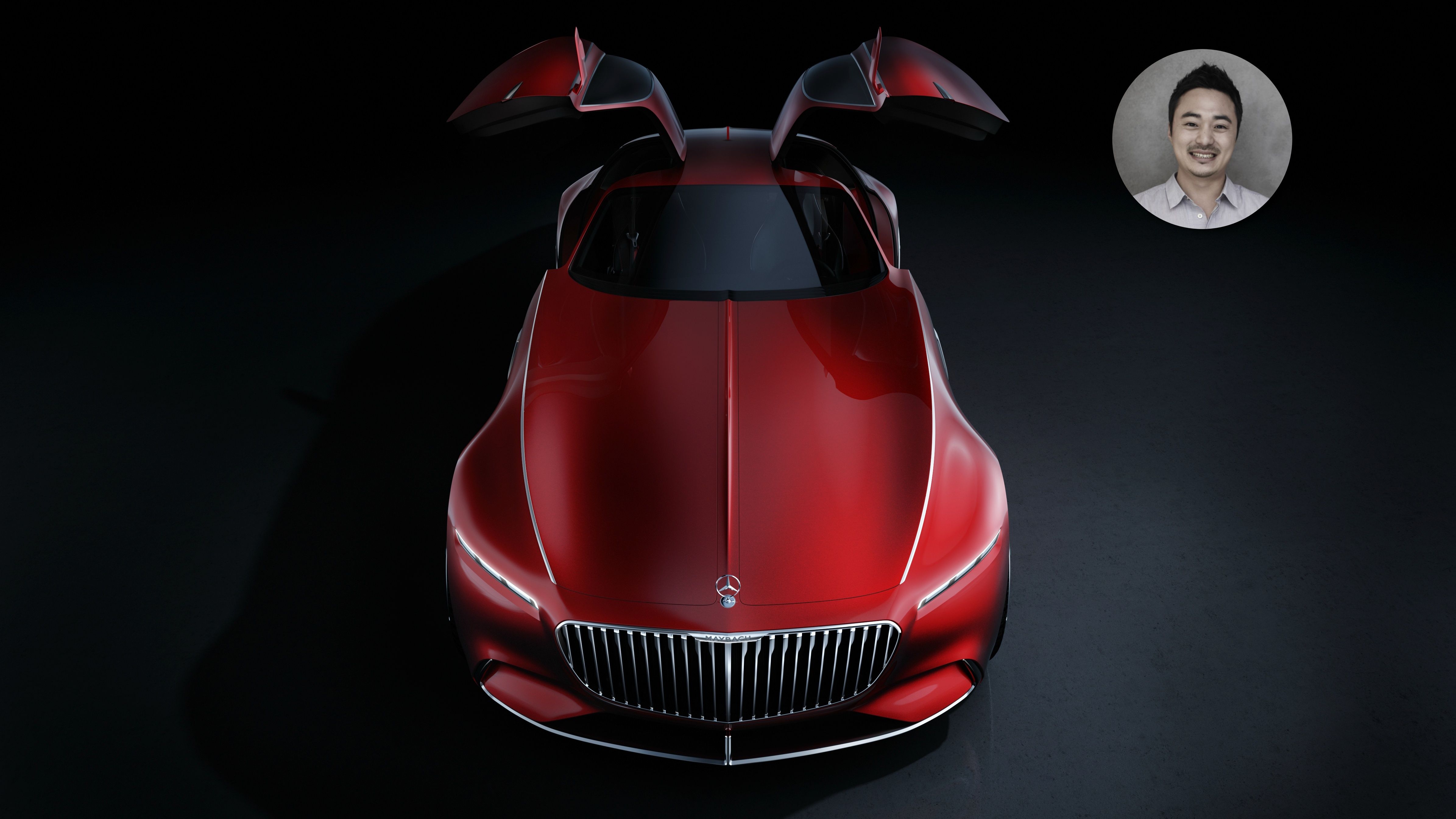
.jpg)
